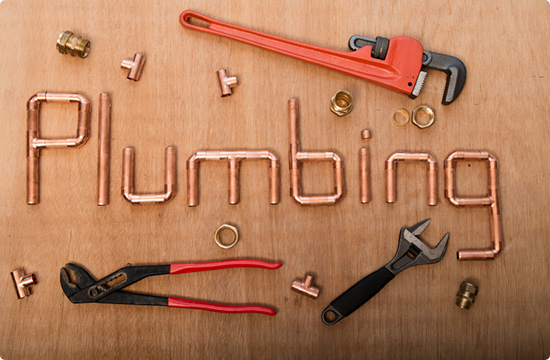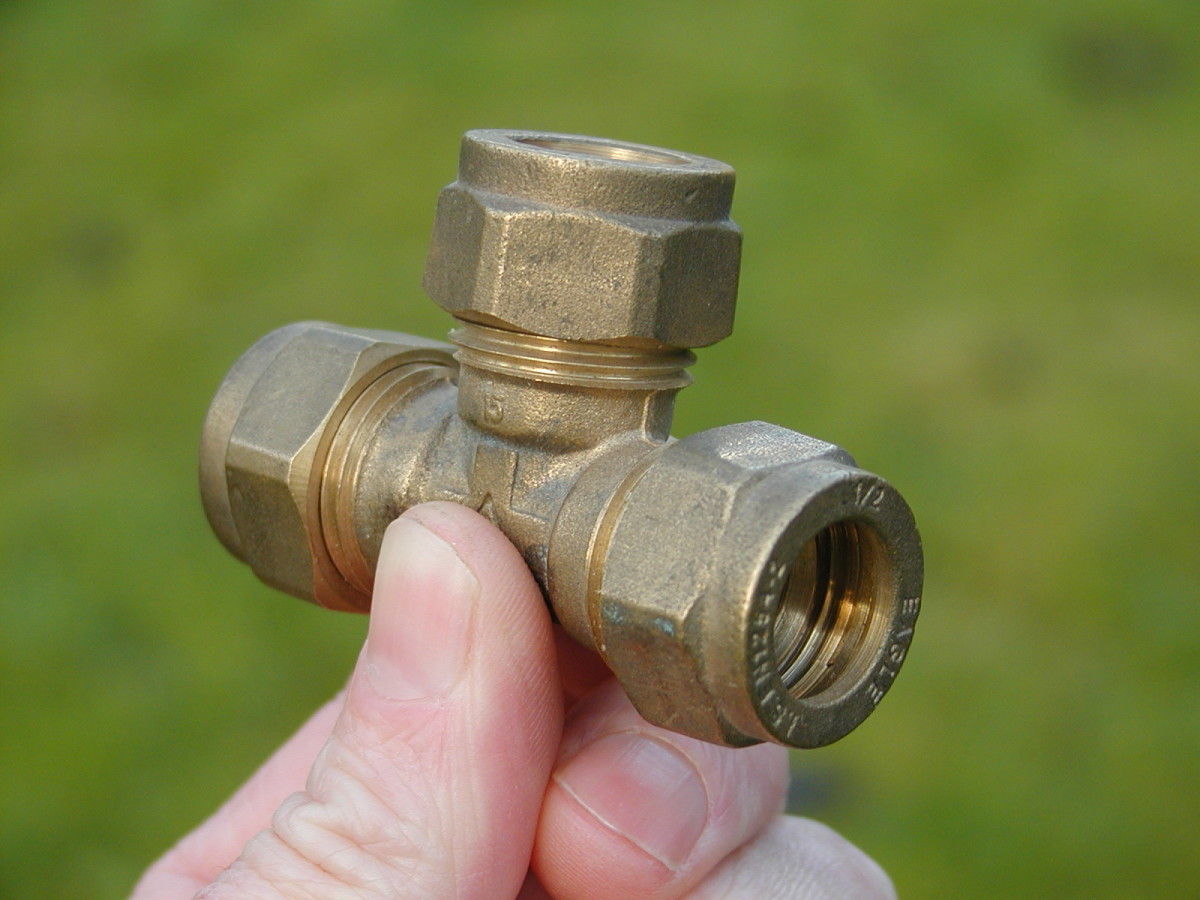A Householder's Handbook To Understanding Plumbing Noises
A Householder's Handbook To Understanding Plumbing Noises
Blog Article
Do you find yourself trying to locate advise around Why Do My Pipes Make Noises?

To identify loud plumbing, it is essential to establish very first whether the undesirable noises take place on the system's inlet side-in other words, when water is transformed on-or on the drain side. Sounds on the inlet side have actually varied reasons: excessive water pressure, used valve and also faucet parts, incorrectly connected pumps or other home appliances, improperly placed pipeline fasteners, as well as plumbing runs containing a lot of limited bends or various other limitations. Sounds on the drain side typically come from inadequate location or, just like some inlet side sound, a layout consisting of tight bends.
Hissing
Hissing sound that occurs when a faucet is opened somewhat generally signals excessive water stress. Consult your regional public utility if you suspect this problem; it will have the ability to inform you the water stress in your area and also can mount a pressurereducing valve on the incoming water system pipeline if needed.
Thudding
Thudding sound, frequently accompanied by trembling pipes, when a tap or appliance valve is shut off is a problem called water hammer. The sound and vibration are caused by the reverberating wave of stress in the water, which unexpectedly has no area to go. Sometimes opening up a shutoff that releases water promptly into a section of piping containing a restriction, elbow joint, or tee fitting can produce the same condition.
Water hammer can usually be cured by installing fittings called air chambers or shock absorbers in the plumbing to which the problem shutoffs or faucets are connected. These devices permit the shock wave developed by the halted circulation of water to dissipate airborne they consist of, which (unlike water) is compressible.
Older plumbing systems may have brief upright areas of capped pipeline behind wall surfaces on faucet runs for the same purpose; these can eventually fill with water, reducing or destroying their performance. The treatment is to drain pipes the water supply totally by shutting off the major water shutoff and opening all taps. After that open up the primary supply valve and also shut the faucets one at a time, beginning with the faucet nearest the valve and ending with the one farthest away.
Babbling or Shrieking
Intense chattering or screeching that takes place when a shutoff or faucet is turned on, which typically disappears when the installation is opened completely, signals loose or defective inner parts. The solution is to change the valve or tap with a brand-new one.
Pumps and appliances such as cleaning devices and also dishwashing machines can transfer electric motor noise to pipelines if they are incorrectly connected. Connect such products to plumbing with plastic or rubber hoses-never stiff pipe-to isolate them.
Other Inlet Side Noises
Squeaking, squealing, damaging, snapping, and also tapping generally are triggered by the expansion or tightening of pipes, normally copper ones providing hot water. The sounds happen as the pipes slide against loose bolts or strike close-by residence framing. You can typically determine the place of the problem if the pipes are revealed; just comply with the audio when the pipes are making sounds. Most likely you will certainly discover a loose pipeline hanger or an area where pipelines lie so near to floor joists or various other framing pieces that they clatter versus them. Attaching foam pipe insulation around the pipelines at the point of get in touch with must remedy the issue. Make sure bands and hangers are safe and secure and also offer appropriate support. Where possible, pipeline fasteners must be connected to substantial architectural elements such as foundation walls as opposed to to mounting; doing so lessens the transmission of vibrations from plumbing to surface areas that can intensify and transfer them. If connecting bolts to framework is inescapable, wrap pipes with insulation or other durable product where they speak to fasteners, and sandwich the ends of new fasteners in between rubber washers when mounting them.
Dealing with plumbing runs that struggle with flow-restricting tight or many bends is a last option that ought to be embarked on just after consulting a knowledgeable plumbing professional. Regrettably, this situation is relatively typical in older residences that may not have been built with indoor plumbing or that have seen a number of remodels, especially by novices.
Drainpipe Noise
On the drain side of plumbing, the chief goals are to eliminate surface areas that can be struck by dropping or hurrying water as well as to protect pipes to consist of unavoidable audios.
In brand-new building, tubs, shower stalls, commodes, and also wallmounted sinks as well as containers need to be set on or versus durable underlayments to minimize the transmission of sound through them. Water-saving commodes and also taps are less noisy than conventional versions; install them instead of older kinds even if codes in your location still permit making use of older components.
Drainpipes that do not run vertically to the cellar or that branch right into horizontal pipe runs sustained at flooring joists or other mounting existing especially bothersome noise problems. Such pipelines are big enough to emit significant vibration; they additionally bring significant quantities of water, which makes the situation even worse. In new construction, define cast-iron soil pipelines (the big pipes that drain pipes toilets) if you can manage them. Their massiveness contains a lot of the noise made by water travelling through them. Likewise, avoid directing drains in walls shown to bed rooms and spaces where individuals gather. Wall surfaces consisting of drains must be soundproofed as was described previously, using double panels of sound-insulating fiber board and wallboard. Pipelines themselves can be covered with special fiberglass insulation created the purpose; such pipelines have an impervious vinyl skin (sometimes consisting of lead). Outcomes are not always acceptable.
Pipe Down! What to Do About Noisy Water Pipes
Banging
Does it sound like someone's hitting your pipes with a hammer every time you run water? The issue could be a phenomenon called water hammer, which happens when a water valve closes suddenly. You'll often hear it when your washing machine stops filling, for example. The momentum and pressure from the water flowing toward the valve create the shockwave that causes the banging noise when the valve closes suddenly. It might not seem like a big deal, but water hammer can cause damage to your pipes, including leaks and joint damage.
One way to ease water hammer is by installing water hammer arrestors. Your plumber can install them near major valves to help cushion the shock of the water when it suddenly stops or changes direction. You might also need to reduce the water pressure coming into your home with the pressure-reducing valve.
Gurgling
Gurgling sounds typically come from drainpipes. This sound happens when the water can't drain properly, usually when there's a clog in the water pipes. Drain clogs often happen due to hair, grease, soap scum or objects that fall down the drain. They can happen suddenly or build up slowly over time.
You can sometimes clear a clogged drainpipe with a plunger to help force the clog through the pipe. A plumbing snake or an auger can also help break up tough clogs. A common plumbing myth is that chemical drain cleaners are safe and effective, but they often don't work and contain harsh chemicals that can hurt you and your plumbing. If you can't remove the clog with a plunger or snake, it's best to call a plumber to help.
Rattling
Water travels through your pipes with lots of pressure, so the pipes are bound to move a little. Pipes should be secured well to keep them from moving too much when water runs through them. If they're not properly fastened or the fasteners come loose, you might hear them rattling when you run water.
Resecuring the pipes can cut down on the rattling noise and prevent damage to the joints of the water pipes. However, many pipes run behind walls where you can't easily access them. A plumber can help determine if loose fasteners are the cause of the rattling and resecure them if necessary.
Humming
If your pipes sound like they're humming, it's likely a water pressure issue. When the water pressure is high, it can cause the water pipes to vibrate and create a humming sound. High water pressure is more common if you have a well for your water, but it can happen with municipal water as well. High water pressure can damage your plumbing and cause leaks.
If you have a well, check the pressure to ensure it's below 55 pounds per square inch. A plumber can test the pressure for you and help adjust the issue if you're not sure how to do it yourself. If you're connected to the municipal water source, your home likely has a pressure-reducing valve near where the water enters your home. You can adjust the screw in the valve to decrease the pressure, but be careful not to lower it too much.
Squeaking
Squeaking or squealing is another common sound you'll hear in your water pipes. This often happens if small components within the plumbing, such as washers or aerators, become loose, dirty or damaged. When this is the cause, the squeaking sound is usually confined to a certain fixture or area of plumbing. Replaced or repairing the part should solve the noise.
If you can hear the squealing sound everywhere in your home, it could be an issue with water pressure. Buildup in the pipes narrows the space for the water, which can cause squealing as the water tries to squeeze through the pipes. Wear and tear on the plumbing system can also cause whistling or squeaking. These situations typically require a professional plumber to diagnose and repair.
https://www.homeserve.com/en-us/blog/home-improvement/water-pipes-making-noise/

Do you enjoy more info about Diagnose Unwanted Plumbing Noises? Try leaving a remark further down. We'd be glad to hear your suggestions about this content. We hope that you come back again in the near future. Liked our write-up? Please share it. Let others discover it. I recognize the value of reading our article about Why Do My Pipes Make Noises.
Effective solutions available. Report this page